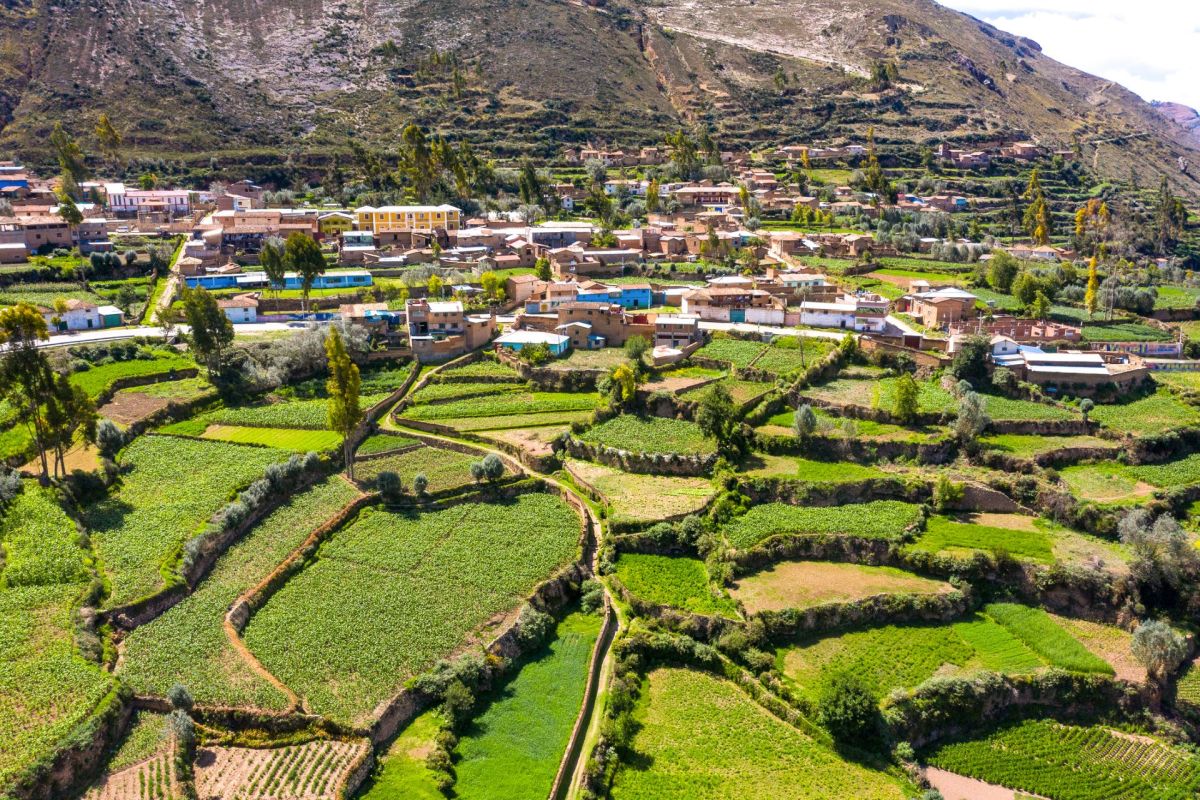Attempts to revive ancestral farming practices in Peru have been heralded as a success after a training program led to the recovery of more than 200 crops.
Over the past five years, Andean communities have blended traditional knowledge with sustainable management practices to increase the region's crop yield.
A reported 226 varieties of potato sprang from the project, as well as corn, quinoa, oca, oluko, anu, canihua, maca, taravi, and kiwicha. The endeavor fed 1,700 families over 6,000 hectares (close to 15,000 acres).
This feat will be a boon for a country that is suffering an unprecedented food crisis. Nearly 17 million people — more than half of the population — live with moderate food insecurity, according to UN News.
This food insecurity can be explained by widespread poverty and high inflation driving up food prices, but the problem could get worse as the effects of climate change take hold.
Peru is particularly vulnerable to climate change, and the Global Environment Facility has worked on conserving agricultural systems because of the devastation that variable temperatures could wreak on the country's biodiversity. The United Nations also warns of the threat of climate change to Peruvian agriculture.
Peru' forests are already disappearing rapidly — the Andean Keuna and Kolli forests, which once stretched over 3 million hectares (about 7.4 million acres), are now reduced to 90,000 hectares (about 222,000 acres) due to deforestation (as the GEF's "Project Document" describes).
Wetlands and natural pastures in the region are under threat, too, as farms increasingly take over the area to grow crops. Overgrazing is also common, which worsens soil erosion.
All this means that the biodiversity within Peru's ecosystems is very fragile. Within a century, between 25-30% of Peru's plants could be extinct or endangered, including several crucial food crops, according to the GEF, citing the Intergovernmental Panel on Climate Change (IPCC).
The GEF Agrobiodiversity SIPAM Project aims to stave off this decline by promoting agroecology, a farming method that uses detailed knowledge of local ecosystems to boost both wildlife and agriculture.
For example, as indicated by the GEF, preserving the wetlands helps with water infiltration and aquifer recharge. Crop rotation prevents soil degradation. Planting a diverse array of crops could help communities to survive erratic weather conditions.
Generations of Peruvian farmers knew precisely how to work with the land in this way, and returning to those traditions is already yielding results.
"Our land is the only legacy we have. We take care of it as our ancestors would, sowing seeds, but also letting it rest for periods of time," Magaly Garayar, a resident of the Atocata community, told UN Women.
"Peru is one of eight places in the world which is considered a center of origin for agriculture," Javier Llacsa Tacuri, an agrobiodiversity expert, told The Guardian. "The first inhabitants and their descendants — the peasant farmers who are here — started their adaptation to this landscape more than 10,000 years ago."
Join our free newsletter for easy tips to save more, waste less, and help yourself while helping the planet.









